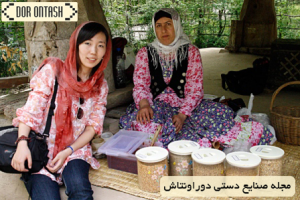 Handicrafts and tourism industry In today’s world, the role of handicrafts in the tourism industry is very evident and it is considered as one of the income sources of the countries, along with which the iran handicrafts can be effective in the development of tourism and cultural exchanges. One of the important economic and cultural sectors in Iran is the field of handicrafts and traditional arts, which is considered a significant tool for exporting goods, creating jobs, attracting tourism and raising the level of national production. The country of Iran is made up of different ethnic groups and customs, each of these ethnic groups, according to its history and culture, has special talents and potentials in handicrafts and traditional arts. In fact, handicrafts are a bridge between economy and culture . With its development, we have not only contributed to job creation and the economy, but we have also taken a big step towards introducing the authentic Iranian culture.
Handicrafts and tourism industry In today’s world, the role of handicrafts in the tourism industry is very evident and it is considered as one of the income sources of the countries, along with which the iran handicrafts can be effective in the development of tourism and cultural exchanges. One of the important economic and cultural sectors in Iran is the field of handicrafts and traditional arts, which is considered a significant tool for exporting goods, creating jobs, attracting tourism and raising the level of national production. The country of Iran is made up of different ethnic groups and customs, each of these ethnic groups, according to its history and culture, has special talents and potentials in handicrafts and traditional arts. In fact, handicrafts are a bridge between economy and culture . With its development, we have not only contributed to job creation and the economy, but we have also taken a big step towards introducing the authentic Iranian culture.
On the one hand, handicrafts are an economic activity and field that can have an increasing impact on the growth of the country’s non-oil exports and create a lot of employment, and on the other hand, it can be a platform for better introduction of culture and art. Considering these two functions, at the same time handicrafts and its effects on the country’s economic growth, it is necessary to pay special attention to it in the country’s macro-planning.
Among the types of tourist attractions, the role and importance of handicrafts as a sacred art, an independent, native and original industry with strong practical aspects from artistic, cultural, economic, and social aspects is obvious to everyone, especially researchers and people of culture. It is important and worth noting that this national art should be supported in a proper and planned manner due to the reflection of rich taste, creative thought and rich but unassuming artists.
video of Handicrafts and tourism
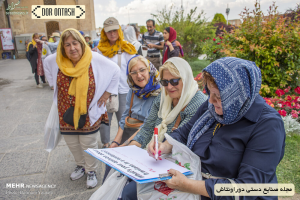
Creating employment and earning income from tourism attractions, preserving and surviving ethnic customs, preventing excessive migration to cities, increasing foreign exchange income and developing non-oil exports, strengthening the spirit of initiative and creativity in people, and increasing the participation of women can be among the consequences of the prosperity of handicrafts. be in the country and region. Handicrafts and tourism industry
Handicrafts help to preserve Iran’s cultural-ethnic heritage, and foreign exchange earnings from the sale of crafts can take over an important part of the country’s non-oil exports. Industries such as pottery, needlework, inlay, mat weaving, ceramics, etc. are manifestations of ancient culture that have many attractions for tourists. But those who were engaged in this profession lost their jobs due to the lack of demand in the commodity market.
In the case of not paying proper attention to tourism in the handicrafts sector, with negative consequences such as the dominance of commercial thinking and goods smuggling over productive and productive activities, the absence of a strong non-governmental sector in handicrafts, the dispersion of production areas and distance from the market, the weak financial base of artisans, the high We will face the benefits of bank facilities, lack of job stability due to the effect of economic fluctuations and especially the boom or recession of the market, the lack of modern and equipped workshops, etc.
The tourism industry is one of the largest and most diverse income generating industries in the world. In such a way that in this era it is the third most profitable industry after oil and automobiles. The importance of this sector for the country of Iran, which ranks among the top ten countries in the world in terms of tourist attractions and among the top five countries in the world in terms of tourist diversity, has a strategic importance.
The role of handicrafts and the tourism industry
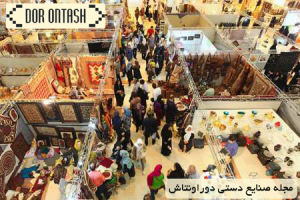
Traditional arts and crafts, each with their own meaning, are considered one of the most important cultural and economic aspects of tourism in our country. The ability to economically exploit the traditional arts specific to different provinces of our country is one of the main advantages of dealing with the tourism industry and strengthening its cultural sector.
For the prosperity of the tourism industry in the handicrafts sector in the country, the authorities should pay more attention to the role and importance of social research in the first stage and invest for this purpose, so that, despite certain limitations, the existing capacities can be maximized. To achieve productivity for our country.
Solutions for the prosperity of the tourism industry
– Compilation of plans, general, macro, legal and regular policies for the development of the tourism industry in the country
– Cultivation of the way of dealing with tourists in touristic places by the natives and the caretakers of the places
– Using the private sector for favorable investments in the tourism sector
– Creation of welfare, health, information, efficient and desirable organization facilities according to international standards
– Creating a favorable air and ground transportation system, building hotels, residences, suitable parking lots, etc
Preservation and maintenance as well as restoration of historical, ancient and tourist monuments
Solutions to strengthen and prosper handicrafts
– Strengthening institutions and private companies and investors in the tourism sector and supporting the development of production workshops through granting credit facilities and supporting the creation of handicraft markets.
– Setting up a comprehensive information bank for tourism and handicrafts, while concentrating all handicrafts activities in a coherent and responsible institution, as well as centralizing decision-making and decision-making centers in the handicrafts development sector.
– Preparing and compiling the standard of raw materials used while preserving local, national and cultural authenticity
– Holding cultural-handicraft festivals with the presence of various Iranian cultures, as well as holding an international festival and exhibition of handicrafts and tourism jointly with the participation of regional countries and cultural organizations.
– Increasing the variety and practical fields of handicraft works and of course increasing the quality and increasing the durability of artificial arts
– Activation of associations to preserve, revive and teach handicrafts
* Series of notes on public relations and cultural affairs of Saqqez municipality in the citizenship education department
What is the relationship between handicrafts and tourism?
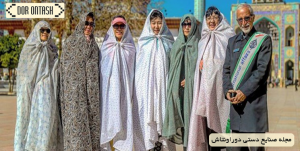
In recent years, special attention has been paid to handicrafts in developing and even advanced countries. Based on this, handmade products have a special place due to the special characteristics of being a user, not depending on foreign technology, high added value, quick productivity, job creation, direct relationship with the tourism industry and the lack of competitive aspects from advanced countries. It plays a role in the national economy. All the countries of the world believe in the mutual influence of handicrafts and the tourism industry, because they have found in practice and experience that handicrafts are one of the most effective factors in attracting and attracting tourists in all national, regional and domestic trends, and reciprocally to this result. They have also realized that the tourism industry can help the growth, development and expansion of handicrafts and improve its quality. This article aims to identify the obstacles and problems of handicrafts in Yazd, and with the motive of reviving and promoting handicrafts to attract tourists (a case study of carpet weaving in Bafaq city), it investigates the place and role of handicrafts in attracting tourists in Yazd city. The research is analytical-descriptive and the results of the research show that Yazd province, due to its lack of suitable natural location and agricultural activities, has been active in many disciplines in handicrafts since the distant past and has made a major contribution to the development of handicrafts in the country. and the results of the research showed that the development strategy of this industry can be counted in proper education, solving capital problems, supporting and encouraging policies, improvement and promotion policy, and development of tourism and proper advertising.
The role of crafts in attracting tourists
Today, the production of handicrafts that are decorated with the role of historical, ancient and special monuments of each country is on the agenda of the artisans of the world, and efforts are made to make even a part of such works that are made of stone, wood, metal, or on ceramic and Fabric appears to be available to tourists at cheap prices. All the countries of the world believe in the mutual influence of handicrafts and the tourism industry. because in practice and experience they have found that industrial arts is one of the most effective factors in attracting and attracting tourists in all national, regional and domestic trends and they have mutually come to the conclusion that the tourism industry can grow, develop and To help expand handicraft industries and improve its quality. Based on this belief and experiences, handicrafts and tourism formations in many countries have been merged or seen in a harmonious and coherent relationship, and fortunately, steps have been taken in this field in our country. Handicrafts of Ilam province, as a thousand-year heritage of this region’s civilization, are among the important potentials that can make an important contribution to the employment generation of the province. Tribal and traditional life in Ilam province has caused the growth and prosperity of handicrafts related to it. Since long ago, Kurdish carpet weaving (coarsely woven carpet), black chador, chigh (chit) weaving, jajim weaving, plain carpet, felt-woven, ihrami weaving, giyeh weaving and ababa weaving have been customary in the province. Handicrafts of the province are divided into three categories: Industries that are still used. Industries that are becoming obsolete and are rarely used. Industries that are obsolete and are no longer used. In this article, with a descriptive and analytical method, we have decided to study the role of handicrafts in attracting tourists in Ilam province and by analyzing the problems and obstacles on the way to the development of this industry, to express scientific and practical solutions for the development and protection of handicrafts. Let’s pay the province.
Acquaintance with international organizations related to handicrafts
Considering the role and importance of handicrafts, especially culturally, and the fact that hundreds of millions of people around the world are engaged in the world’s most practical art as their main job or side job, since 1964, organizations have been established to preserve and protect The oldest art in the world has been established, which we will introduce below:
World Crafts Council
At the invitation of the “United Nations Educational, Scientific and Cultural Organization” (UNESCO), representatives of 25 countries gathered in New York on June 10, 1964, to discuss how to support handicrafts as a part of cultural life and economic life. Pay attention to the nations. Fortunately, this gathering led to the establishment of the World Crafts Council and later its growth and expansion. In such a way that the aforementioned council, which initially started with a limited number, now includes representatives of more than 110 countries of the world. The most important goals that this council pursues as a non-profit and non-governmental organization are: encouraging, helping and guiding teachers, artists and craftspeople, as well as raising the level of their specialized and professional information according to the different cultural fields available. In each of the member countries, preservation and strengthening of handicrafts and its manifestation as a major pillar of the cultural life of nations.
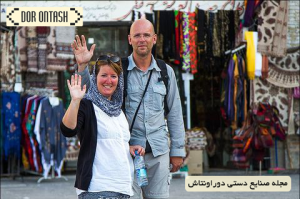
To create solidarity among masters, artists and handicraftsmen from all over the world, it is necessary to explain that only one organization from each country can become a member of the Council as a representative of handicrafts artists of that country, and the Organization of Handicrafts of Iran since 1347 AH as The organization responsible and guardian of Iranian handicrafts has become a member of the World Handicrafts Council. The most important source of the council’s expenses is the annual contribution of the member states, which is paid in the form of membership fees. The main elements of the council are: the general assembly, the executive board and five regional assemblies for Asia and the Pacific, Africa, Europe, North America and Latin America, each of which is headed by a deputy of the World Handicrafts Council. General assemblies meet once every four years and regional assemblies meet annually in one of the member countries, during which they discuss and exchange opinions on the issues that have already been put on the agenda through the contact of the council secretariat with the members. . Other activities of the council to achieve the mentioned goals are:
– Establishing relationships with other international organizations and using their assistance, such as: “UNESCO”, “United Nations Development Program” and “World Bank”.
Contacting and negotiating with international economic unions such as the “European Community” regarding the adjustment of customs duties and creating more facilities for the entry of handicrafts from Asian, African and Latin American countries.
– To provide the context and establish communication for the exchange of experts and trainees between the member countries
– Holding conferences, seminars and international handicraft exhibitions
– Preparation and publication of specialized books and reports, as well as preparation of a news publication that contains various handicraft events in the world. All in all, the most important result obtained from the global efforts of handicrafts. It is to draw the attention of governments to the extraordinary importance of handicrafts in the cultural, economic and social life of their nations. The active member countries of the World Handicrafts Council are: Asian and Pacific countries, Islamic Republic of Iran, China, India, Pakistan, Thailand, Sri Lanka, Indonesia, Bangladesh, Republic of Korea, Nepal, Australia, Malaysia, Laos, Japan, Fiji, Saudi Arabia. , Lebanon, Philippines and Brunei
– European countries: France, Germany, Spain, Italy, Greece, Belgium, Holland, Sweden, Czech Republic, England, Cyprus and Hungary.
– Latin American countries: Mexico, Colombia, Uruguay, Brazil, Ecuador and Guatemala
– North American countries: the United States of America and Canada.
– African countries: Morocco, Egypt, Tunisia, Ethiopia, Cameroon, Senegal, Nigeria, South Africa and Zimbabwe. The Council has designated the tenth day of June (equal to the 20th or sometimes the 21st of June) every year as the World Handicrafts Day, which is usually held in the member countries along with the ceremony of selecting and honoring the chosen artists, setting up exhibitions and seminars and The lecture is about the importance of various aspects of handicrafts.
International Handicraft Promotion Center
(Centre International de promotion de Artisanat (CIPA).
“United Nations Educational, Scientific and Cultural Organization” (UNESCO) in the 90s, due to the importance of handicrafts at the global level, “moved to establish the International Center for the Promotion of Handicrafts”, which has achieved success in the development and expansion of handicrafts so far. He has had a hand in different countries.
Center for Historical, Artistic and Cultural Studies of Islamic Conference Organization IRCICA
This specialized organization was formed in order to revive and promote handicrafts among Islamic countries – many of which have a rich history and handicrafts with many workers.
AHPADA Handicraft Promotion and Development Association
“Association for Promotion and Development of Handicrafts”, the role of handicrafts and tourism industry, is affiliated to the “Association of Southeast Asian Nations” (ASEAN), which is obviously focused on the promotion and development of handicrafts among the members of the said union.
Craft markets



Pictures of handicraft markets of different countries
Handicraft markets in different countries are the center of tourist gathering. Handicraft market means watching the culture and art of that region
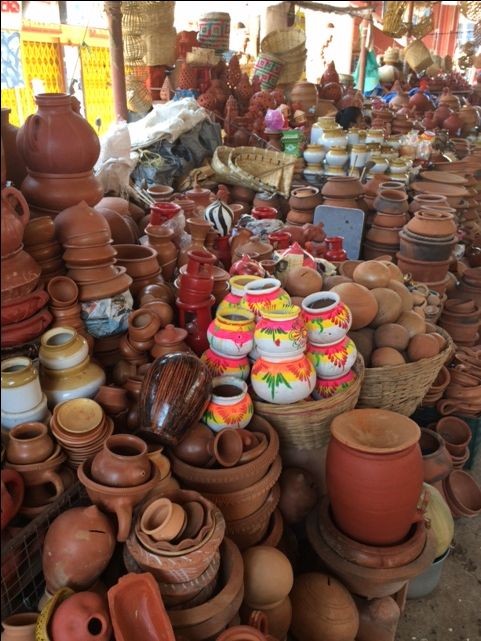
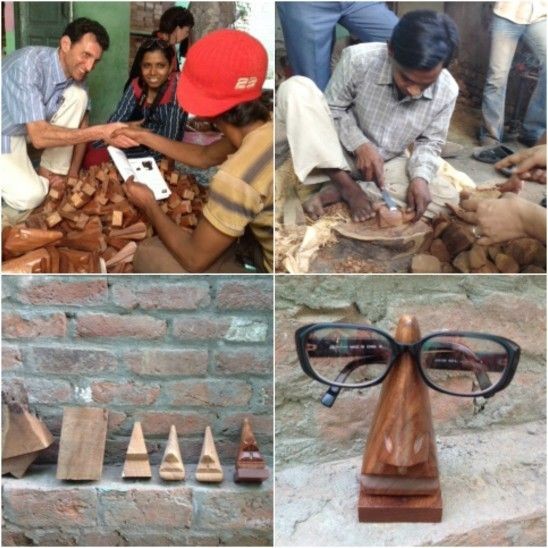
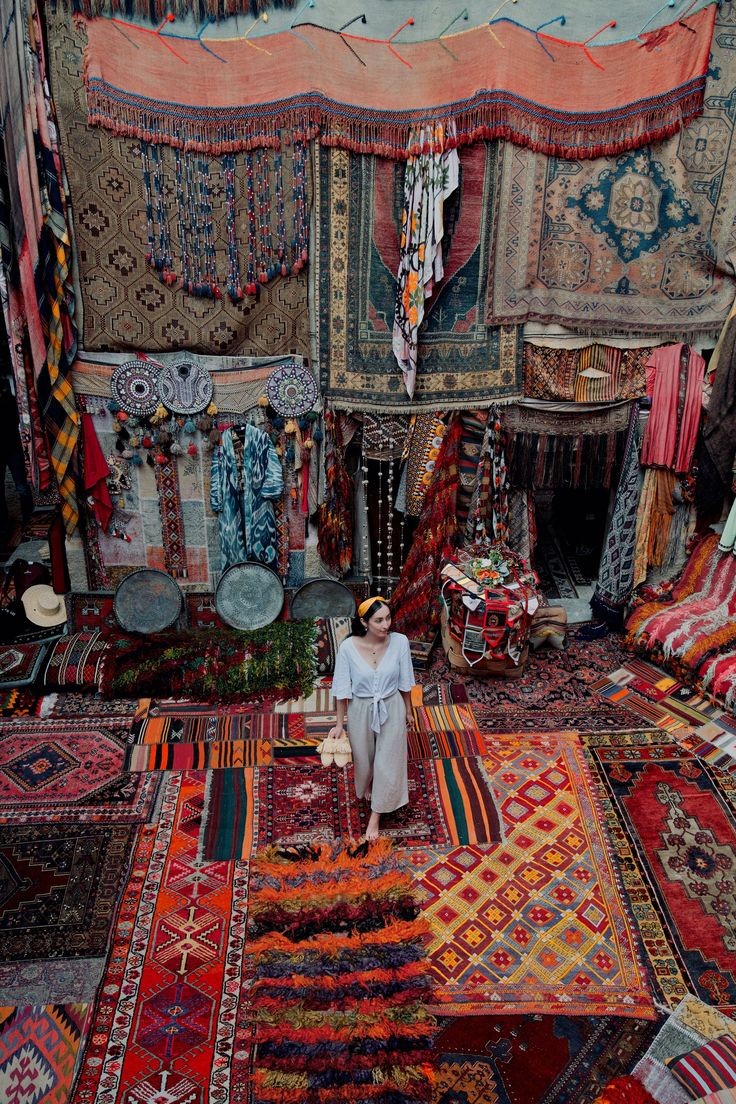
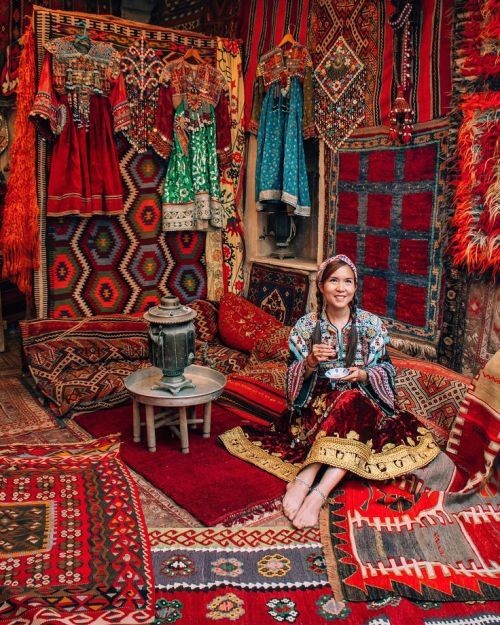

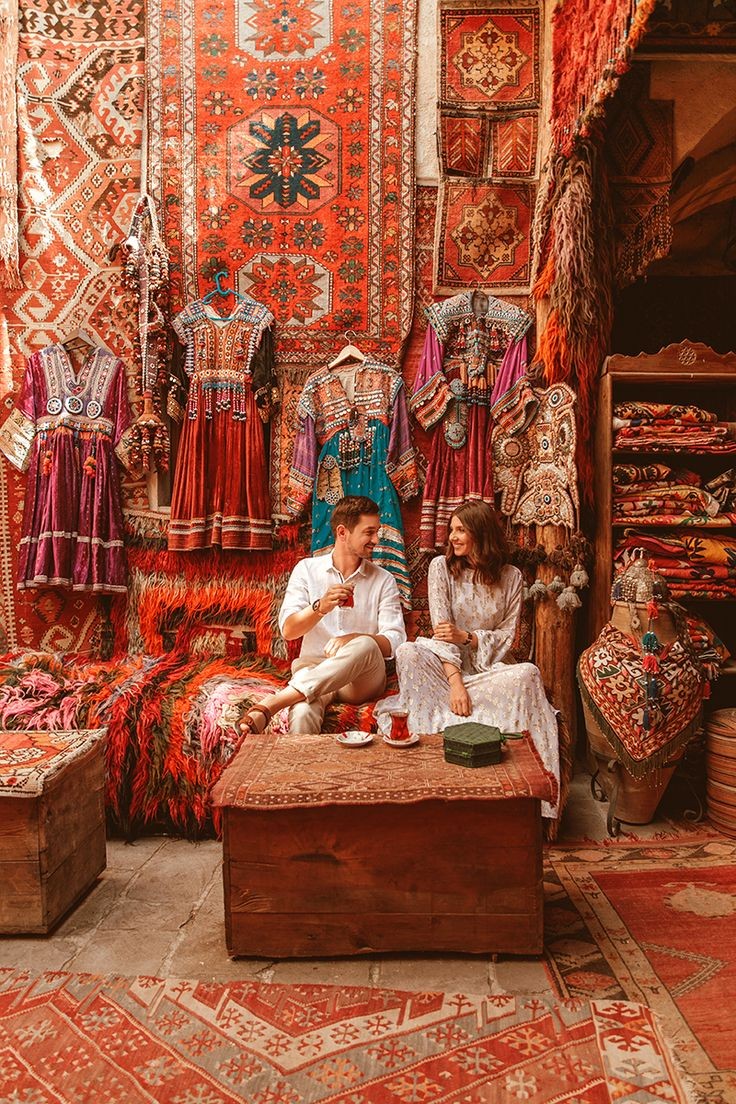
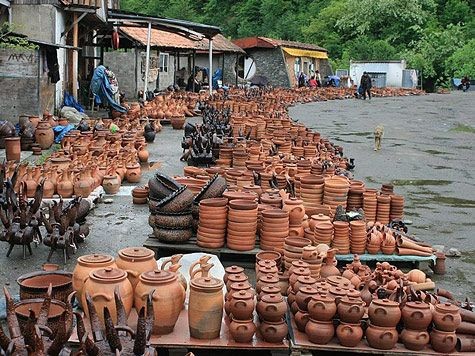
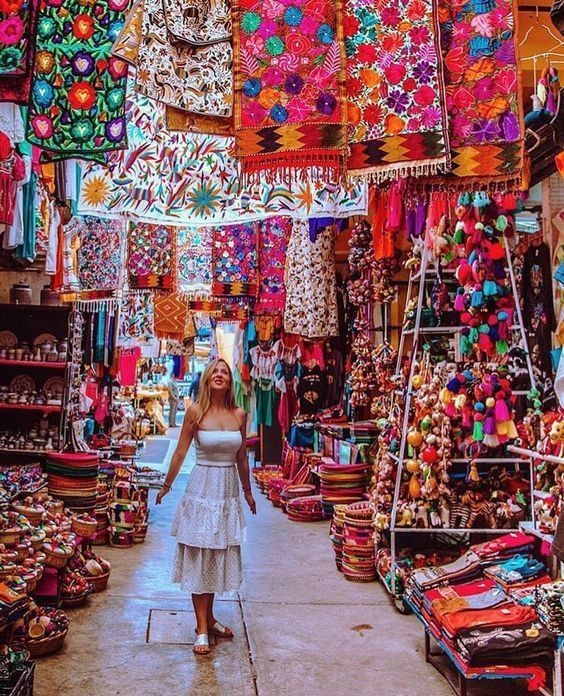
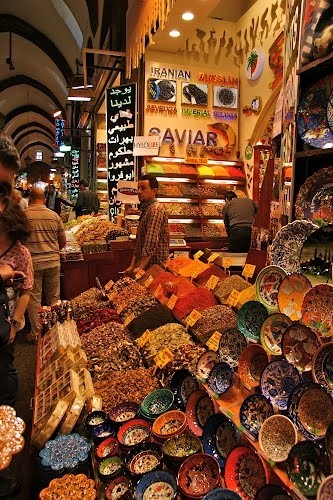
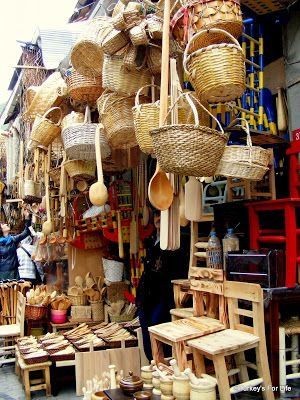
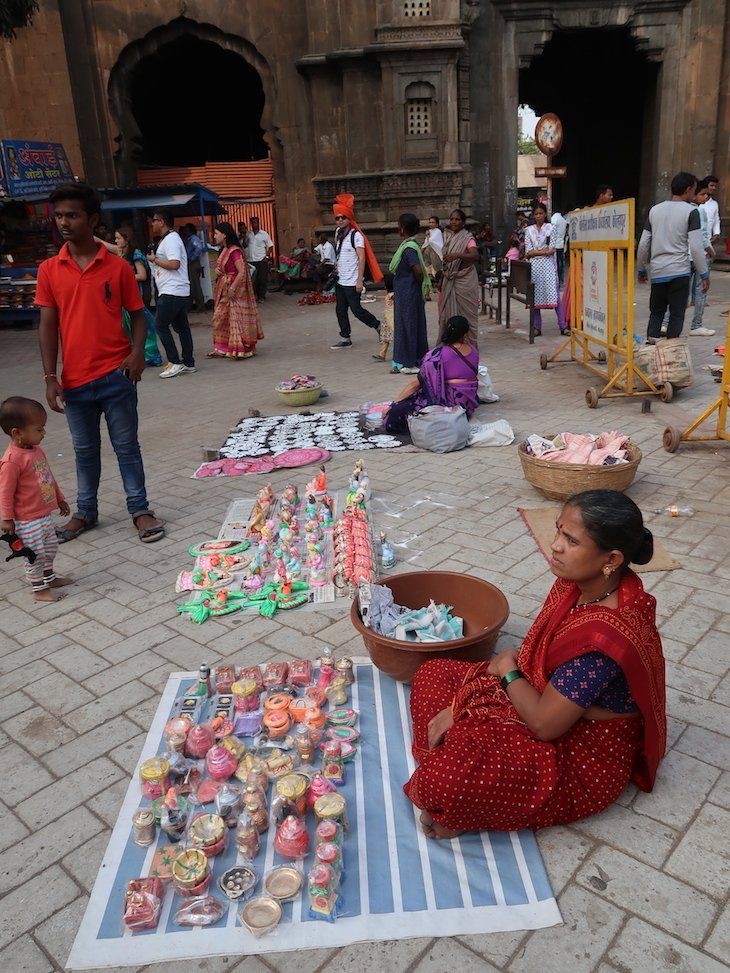
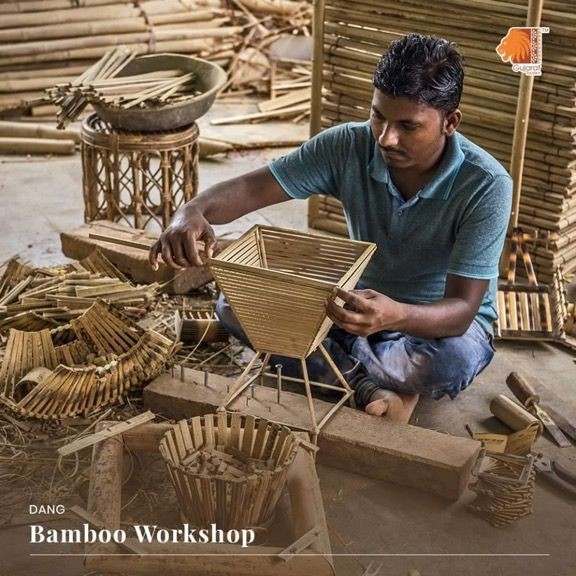
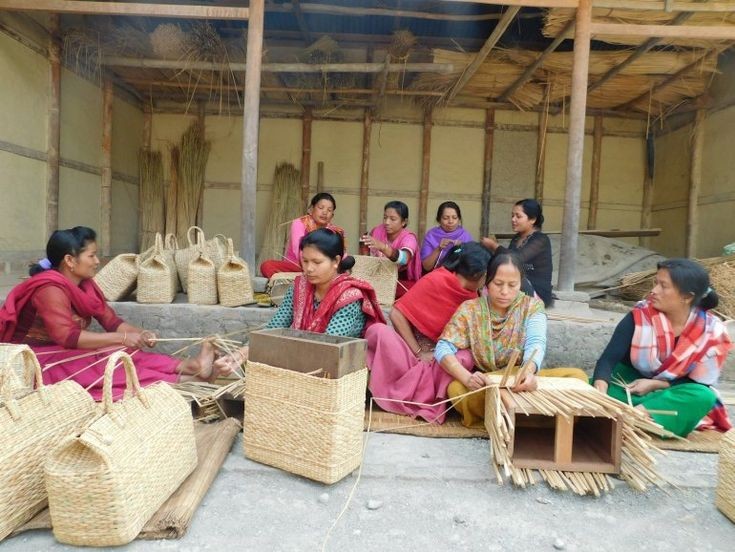
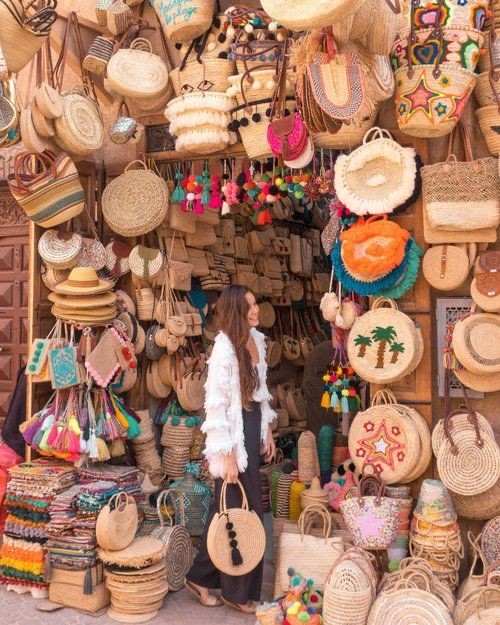
bazaar of traditional bag and pesrian kilim bags
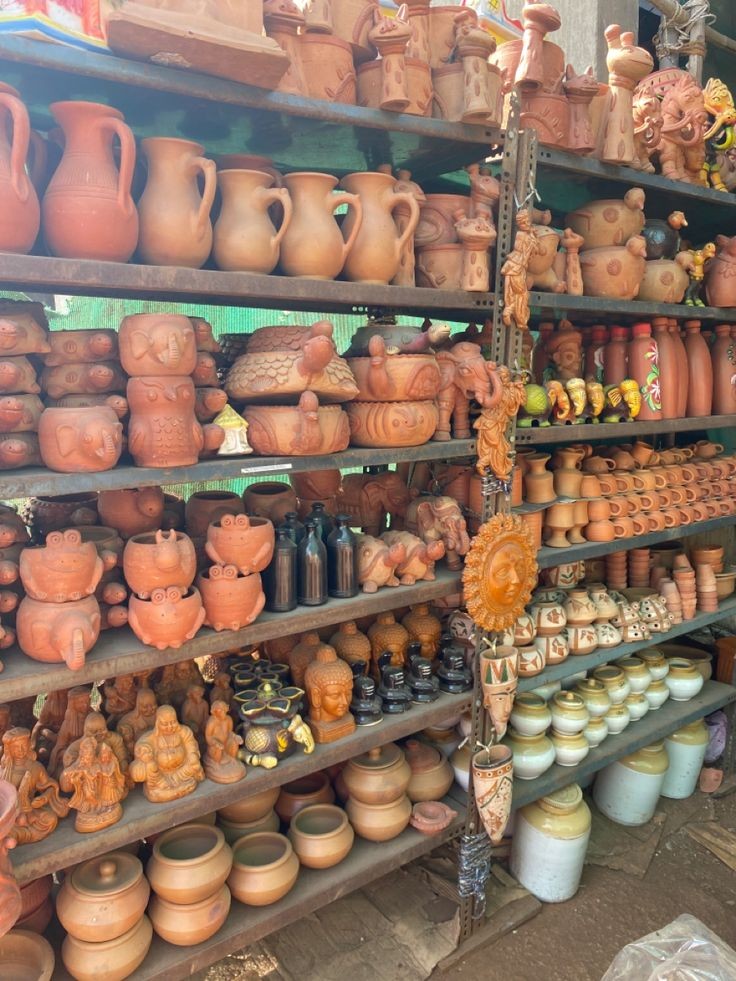
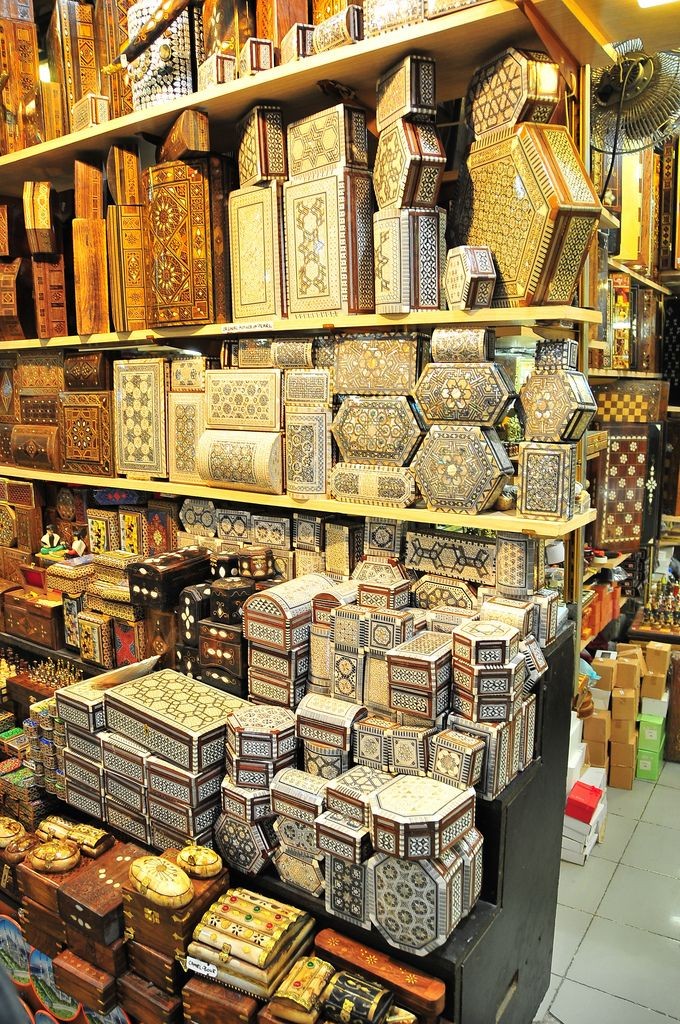
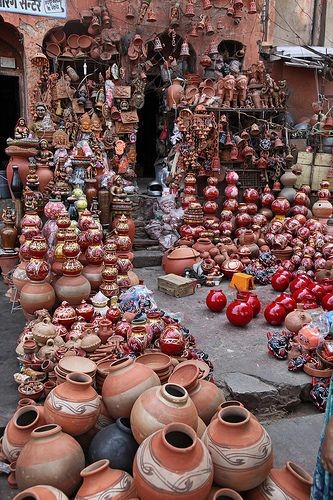
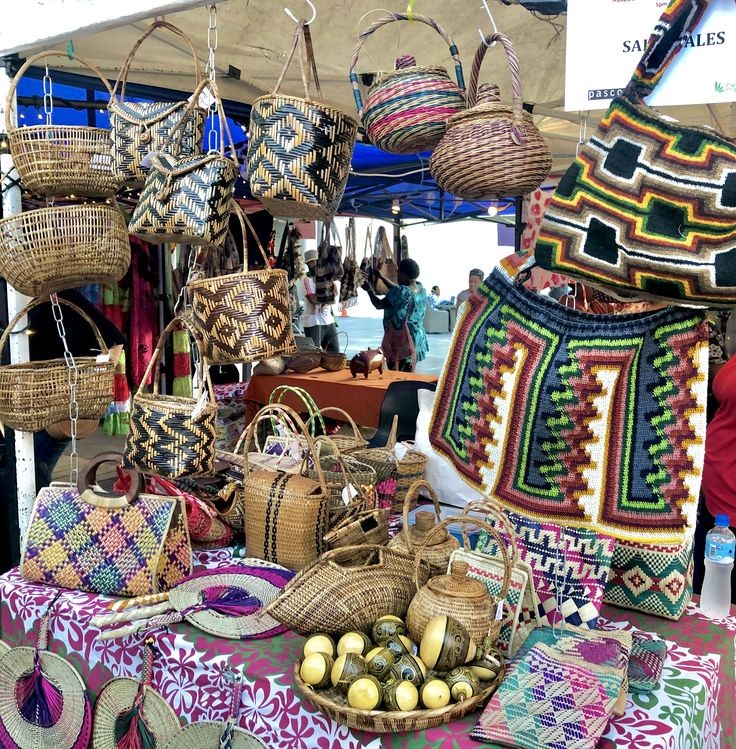
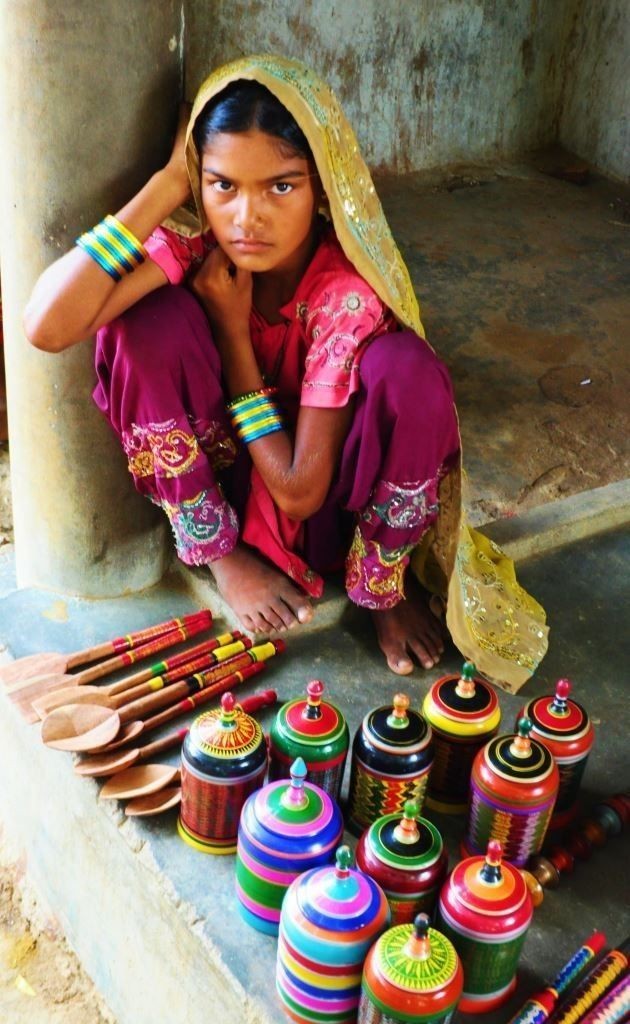
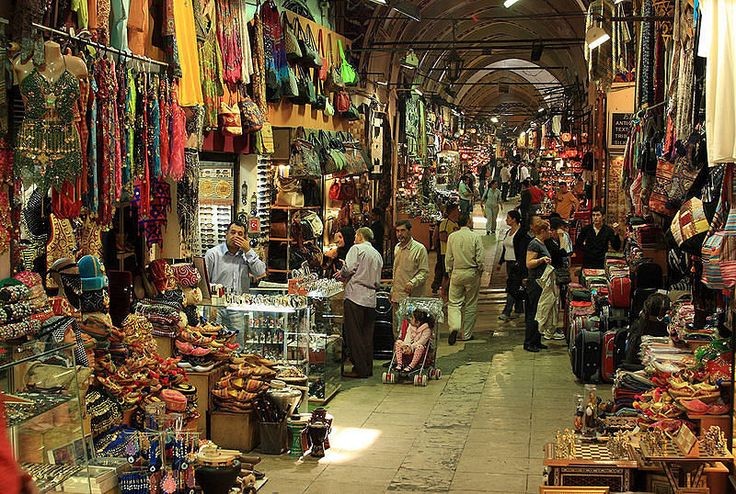

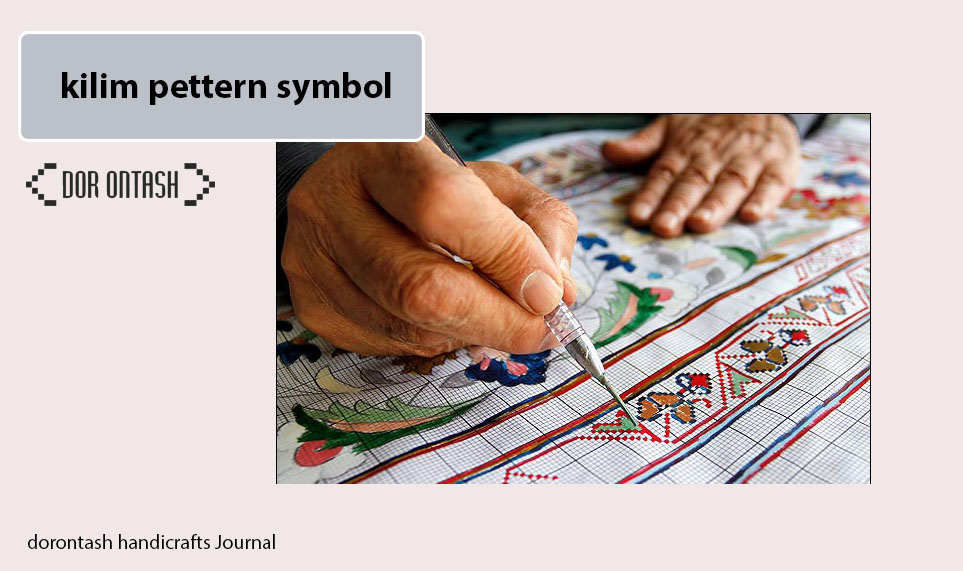
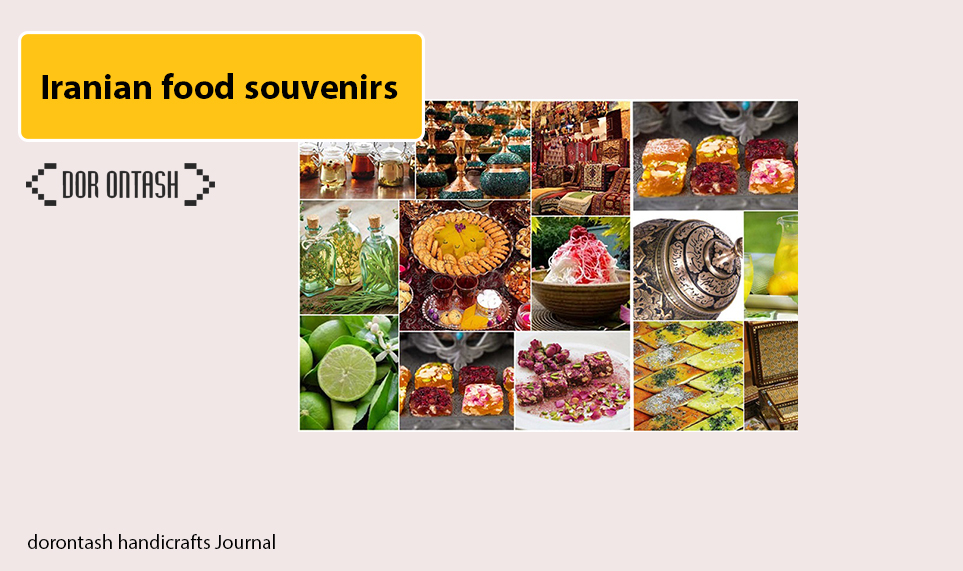
1 Comment. Leave new
[…] مقاله مهمترین نقش صنایع دستی در صنعت گردشگری […]